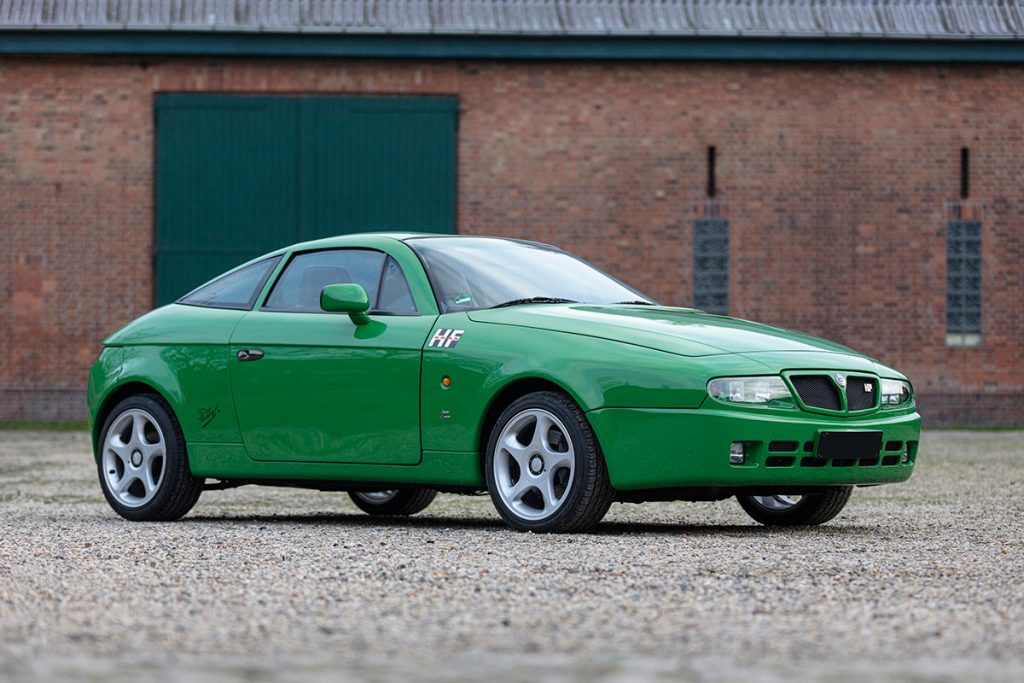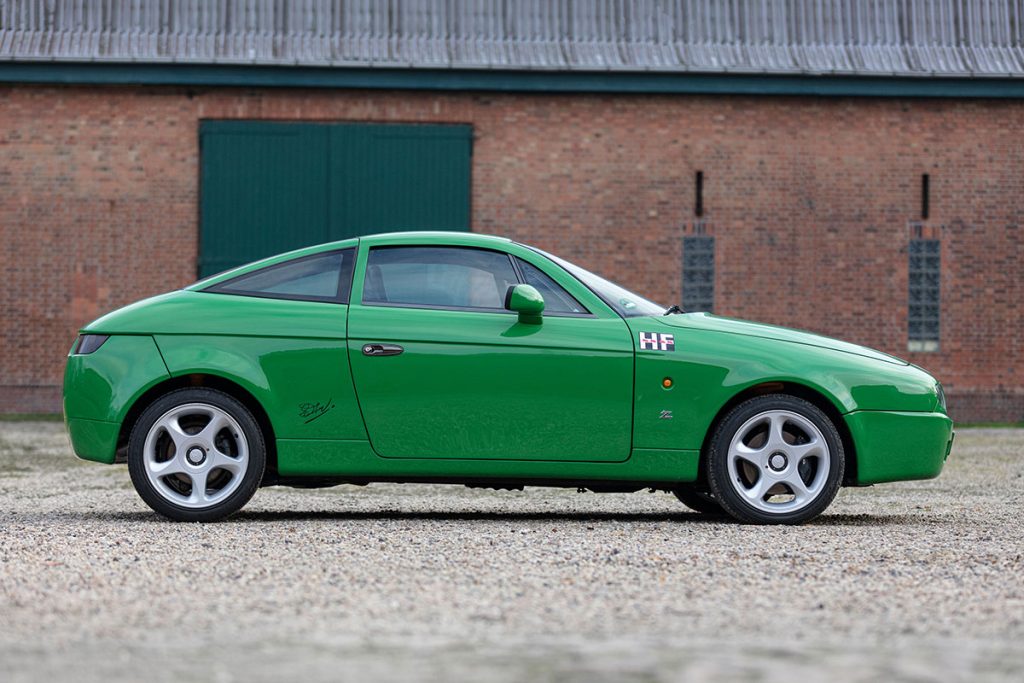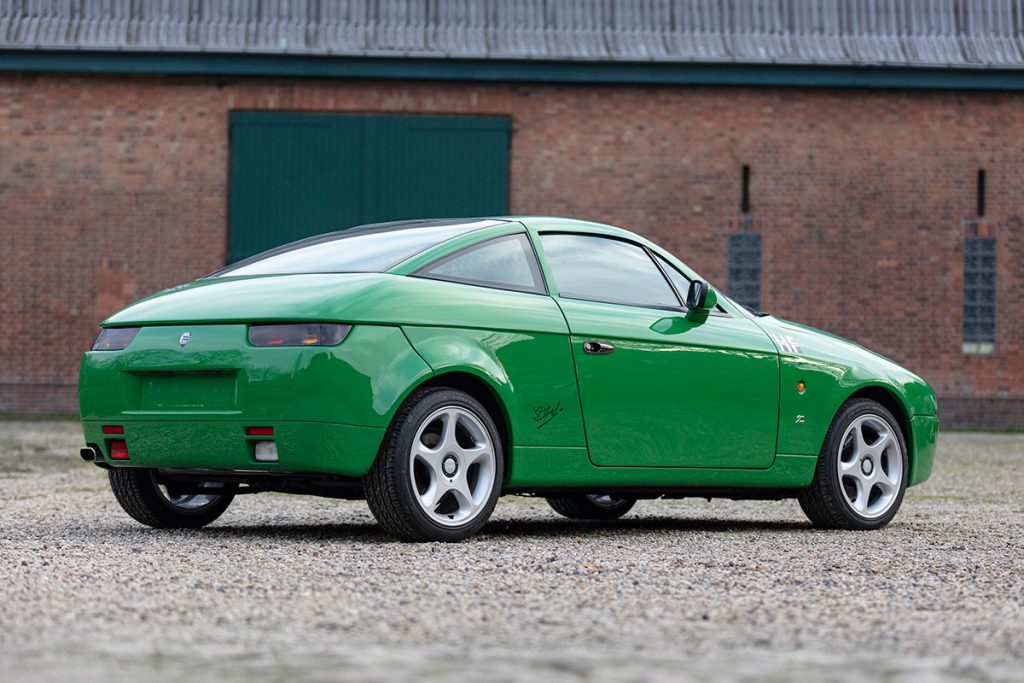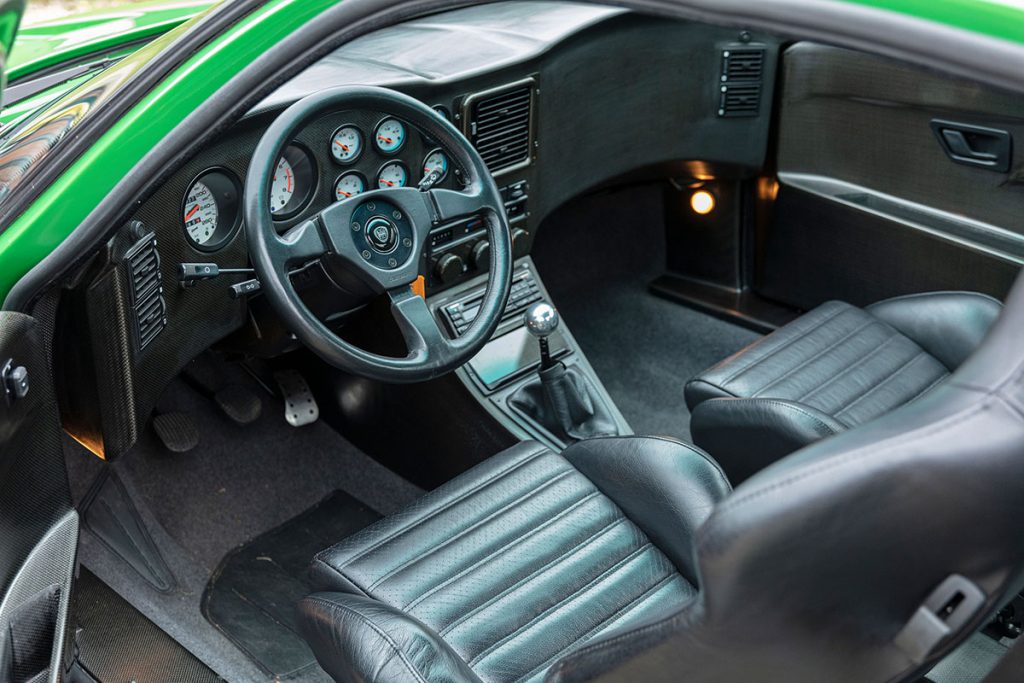You could be forgiven for thinking that the Lancia Delta Integrale wasn’t a car that was especially lacking, with its World Rally Championship pedigree, fizzy turbocharged twin-cam engine, four-wheel drive and boxy ’80s-tastic looks. But Paul Koot begged to differ, especially on the last point, because he commissioned Italian carrozzeria Zagato to come up with a fresh take on the Integrale; something that looked completely unlike the donor vehicle.
Koot was the official Lancia importer for the Netherlands, with a dealership called Lusso Service Holland. In 1990 he was in the throes of restoring an Aston Martin DB4 GT Zagato, which led to him visiting Elio Zagato. Koot asked Zagato why his company was no longer building small, relatively affordable coupés as it had done in the past.


Zagato’s response was to show Koot a design that had been dreamed up by Marco Pedracini, one of the styling house’s employees, and it was just what the Dutchman had in mind. He asked Zagato if the design could be used with a Delta Integrale as its basis, and sure enough it could. The concept of the Lancia Hyena was born.
The Hyena would be hand-made and expensive, with no economies of scale to help reduce purchase costs. Koot envisaged building just half a dozen examples, but when the car was shown at the 1992 Brussels motor show, no fewer than 14 people placed an order there and then. Brussels was hardly one of the big motor shows, so it was clear that if the car was shown to a wider audience a bigger number of orders would surely follow. Maybe the Hyena could be made in much bigger numbers, making it rather more affordable after all.



Koot decided to put together a business plan for 600 Hyenas to be made. Part of the deal was that the coupé would be available through Lancia dealers, which would sell the car wearing Lancia badges, as the car had the company’s official blessing. But although Lancia didn’t veto Koot’s plans, there was little in the way of co-operation either.
Zagato’s start point was supposed to be a rolling chassis, over which a hand-beaten aluminium bodyshell would be fitted, but Lancia couldn’t oblige. Koot negotiated with Lancia for a whole year, but the company’s production processes couldn’t give Koot what he wanted, so he had to buy an entire showroom-ready Integrale as the start point (Evo 1 or Evo 2), then junk all of the bodywork, which doubled the final cost of the Hyena. Still, at least it was a full 200kg lighter than the regular five-door hatchback it was based on, enhancing what was already a terrific driver’s car.
When the Hyena arrived in 1993 it was listed at £74,000, which put it up against the Ferrari 348, when its rivals were intended to include the much cheaper Fiat Coupé and Alfa Romeo GTV. But this was just the start of Koot’s problems, because soon after getting Hyena production up and running, Lancia announced that it was bringing a halt to Integrale production, leaving Koot with no base on which to work. So much for 600 examples being built. In the end just two dozen were made, all left-hand drive (as with the Integrale); the last Hyena left Zagato’s factory in 1994.
Read more
Cars That Time Forgot: Kia Elan
Cars That Time Forgot: Apollo GT
Cars That Time Forgot: Vegantune Evante 140TC










Wow, a pure wing shape. Perfect for deadly high speed driving